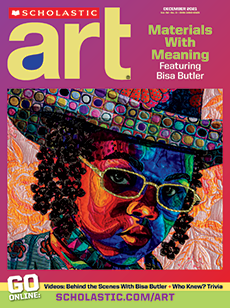Name history’s greatest civilizations. Did the Maya and the Aztec make your list? Both developed in Mesoamerica, in what is now known as Mexico. Spanish invaders, who began arriving in the early 1500s, destroyed much of Maya and Aztec culture. But we can learn about these precolonial civilizations by studying the artifacts that remain.
One thousand years ago, Mexico wasn’t a country. But in Mesoamerica, the area we now call Mexico, there were thriving civilizations. The Maya and the Aztec were two of the biggest. In the 1500s, Spanish invaders arrived in Mesoamerica and destroyed a lot of Maya and Aztec culture. But we can learn about these precolonial civilizations from the art and architecture left behind.
